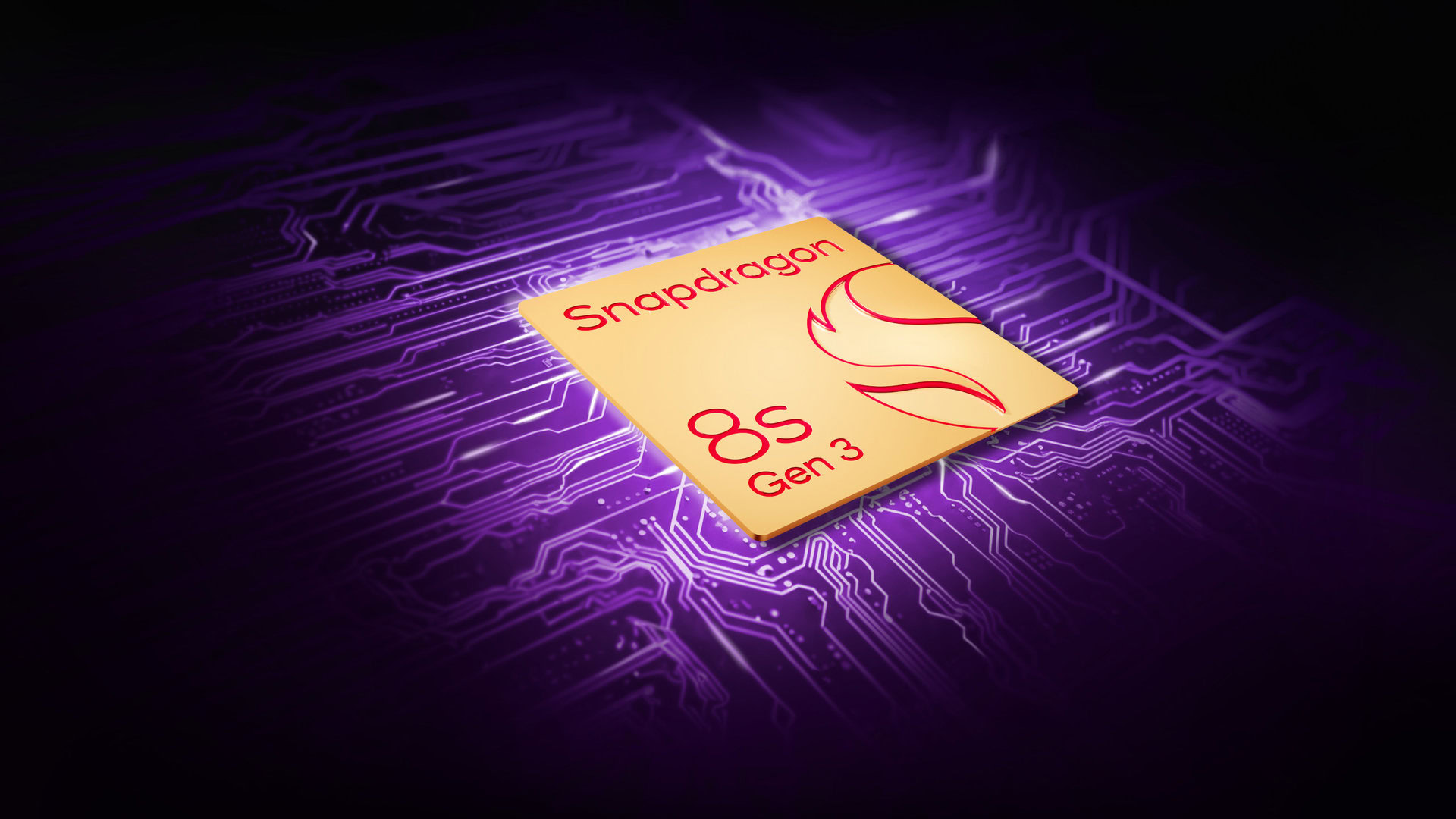Affiliate links on Android Authority may earn us a commission. Learn more.
The new Snapdragon 8s Gen 3 will power your next flagship killer

- Qualcomm has announced the Snapdragon 8s Gen 3 processor for smartphones.
- This chipset features the same CPU tech as the top-shelf Snapdragon 8 Gen 3, but uses last year’s flagship GPU.
- Phones with the Snapdragon 8s Gen 3 are expected to launch later this month.
Qualcomm’s Snapdragon 8 Gen 3 is one of the most cutting-edge smartphone processors on the market today. What if you want this experience in a cheaper package? Well, that’s where the newly announced Snapdragon 8s Gen 3 comes in.
This new Snapdragon processor is still a flagship-tier chipset, and it actually has a few features in common with the Snapdragon 8 Gen 3. For starters, both chips use the latest Arm cores. The new chip brings one Cortex-X4 at 3GHz, four medium Cortex-A720 cores at 2.8GHz, and three Cortex-A520 cores running at 2GHz. By comparison, the Snapdragon 8 Gen 3 brings higher clock speeds, one less little core, and one more medium core.
The Snapdragon 8s Gen 3 also has a few other features in common with its top-flight stablemate, namely the same TSMC 4nm manufacturing process, the same FastConnect 7800 connectivity suite, and support for LPDDR5X RAM.
Snapdragon 8s Gen 3: How does it differ from the 8 Gen 3?
Generative AI support is also on the menu, as Qualcomm touts support for large language models with up to 10 billion parameters. Expect support for up to 30 AI models, including Google’s Gemini Nano. Qualcomm refused to divulge the token rate of the new chipset (i.e. the processing time for AI models), but did acknowledge that it was slower than its top-end processor. So you should expect slower speeds when generating images, for example.
Nevertheless, the Snapdragon 8s Gen 3 also supports multi-modal models (i.e. input text/images/audio and get text/images/audio). The company also mentioned use cases like on-device Stable Diffusion image generation, on-device image expansion, and a generative AI assistant.

Drill a little deeper, though, and you’ll find a few definite downgrades over the Snapdragon 8 Gen 3. For one, Qualcomm says the 8s Gen 3’s Adreno GPU is derived from last year’s Snapdragon 8 Gen 2. That means you’ve still got hardware-based ray tracing, super-resolution support for games, and shadow denoising. However, the GPU misses out on global illumination tech. A Qualcomm representative told journalists during a briefing that the GPU has some optimizations, resulting in improved ray tracing performance compared to last year’s chip as well as improvements at low performance and low power. That means you’ve got a less capable GPU than Qualcomm’s latest top-of-the-line chipset, but it should still deliver fantastic performance on paper.
The GPU isn’t the only part derived from the Snapdragon 8 Gen 2, as the X70 modem also makes its way to the new chipset. This modem brings Release 17 support rather than the Release 18 standard seen on the 8 Gen 3’s X75 modem, along with 5Gbps peak downlink speeds. However, we’ve still got satellite communication capabilities.
The Snapdragon 8s Gen 3 is definitely a flagship-level processor, but it does make some compromises.
Qualcomm’s new chipset also brings plenty of camera features to the table. This includes a triple ISP for smooth transitions between three cameras, support for 200MP cameras, real-time semantic segmentation in photos and videos (up to 12 layers), and improved low-light video. However, the Snapdragon 8s Gen 3 drops 8K recording, 4K/120fps recording, and 720p/960fps video in favor of 4K/60fps and 1080p/240fps support.
Other notable features include AV1 decoding, Bluetooth 5.4, aptX/aptX Lossless/aptX Adaptive, support for 144Hz screens at QHD+, Quick Charge 5 capabilities, Snapdragon Seamless integration, and Wi-Fi 7.
In saying so, the Snapdragon 8s Gen 3 does miss out on a few more Snapdragon 8 Gen 3 features. This includes XPAN for using audio accessories over Wi-Fi, Truepic authentication, and the ability to upscale games to 8K.
When to expect the Snapdragon 8s Gen 3?
You won’t have to wait long for the first phones powered by the new chipset, as Qualcomm says the first device is expected to launch later this month. The company says HONOR, Iqoo, Realme, Redmi, and Xiaomi are among the OEMs that will use the Snapdragon 8s Gen 3.
Qualcomm also confirmed to us that we will see phones with this chipset in the US, but it refused to elaborate on specific brands. Nevertheless, we’re guessing that Motorola, Samsung, and/or OnePlus are the likely candidates for a US phone with this processor.
Interestingly, Qualcomm also noted that it expects phones with the Snapdragon 8s Gen 3 to cost between $500 and $800. That means we could see upper mid-range phones with this SoC.